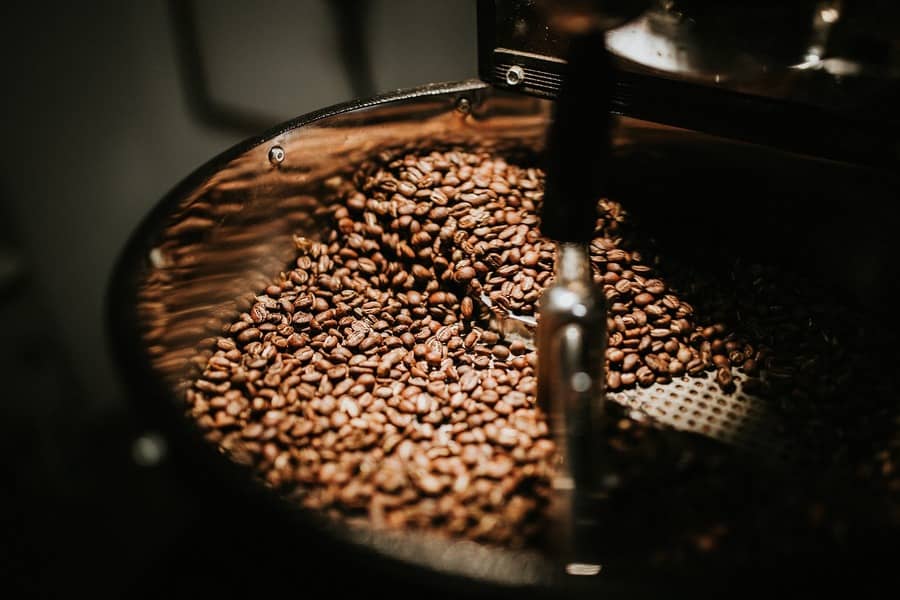Good cup in the south of Minas Gerais is trading in early February at BRL 1,010 per bag, which is equivalent to USD 203.31 per 60-kg bag. The fact is that even after the negative adjustment in New York the description remains above the reference of BRL 1,000 per bag and positively distant from the deflated 5-year average for the period (February at around BRL 931 per bag). But although it adopts a similar behavior to the first two months of last year, it does not show the same upward strength as last year. Good cup was trading in February 2023 at an average price of BRL 1,084 per bag, occasionally changing hands at over BRL 1,120 per bag. Even so, it remains in a region that is very favorable for sellers.
It is also important to note that there is a risk of a more drastic change in the price curve, as happened last year. The high volume of coffee still in the producers’ hands and the approach of the 2024 crop could have a negative impact on the price curve further ahead. There is even a possibility that this movement will begin earlier this year. A risk that could be better managed by producers, taking advantage of prices in the physicals and increasing positions with the future crop to slightly reduce the exposure at the start of Brazil’s 2024 crop.
Future preset prices currently range from BRL 1,015 to BRL 1,025 for Sep/24, remaining between BRL 100 and BRL 110 above the deflated average of the last 5 years (2019-2023) for the month of September (BRL 915 a bag), the period that concentrates the delivery of forward positions. This commercial management, in addition to reducing vulnerability at the entry of the crop, would also make producers more comfortable in managing the rest of the business flow and taking advantage of possible future price highs.
Fine cups also continue to operate above the average reference, supported by the rally at the end of last year. However, they no longer hold the same upward strength, having slightly slowed down the upward movement at the beginning of February. The advance of Colombia and Central American milds may take away some of the interest in Brazilian fine cups. The preset prices for the new crop range from BRL 1,075 to BRL 1,085 a bag for delivery and liquidation in Sep/24, up BRL 135 to 145 from the average for September.
Conillon type 7 in Espírito Santo remains highly valued and is far from the 5-year average, besides already operating above the market peak reached at the beginning of 2022. The rebound in London and the greater interest from the external market serve as support for Espírito Santo’s conillon prices. The new frustration with Vietnam’s crop, together with the increase in freight and greater difficulties on the Asia-Europe route, increases interest in Brazilian conillon, which guarantees price support. The domestic industry ended up moving away, once again increasing the share of arabica in the blend.
The arrival of the Indonesian crop in April, combined with the expectation of greater conillon production in Brazil from April/May, should improve the supply of robusta/conillon worldwide. In case there is a scenario of production recovery in Vietnam in the 24/25 season (Oct/Sep), robusta production will recover from the last quarter of the year, reinforcing an upward supply trend and greater normalization of supply. Of course, this must affect prices, which remain very inflated in the international market. This expectation of falling prices is already part of the price curve among maturities on the London exchange.
The price highs at the end of last year contrasted with the decline in input prices, which has affected the coffee exchange ratio more favorably. In this sense, Brazilian coffee growers need fewer coffee bags to buy inputs, which reinforces the positive moment for growers.

